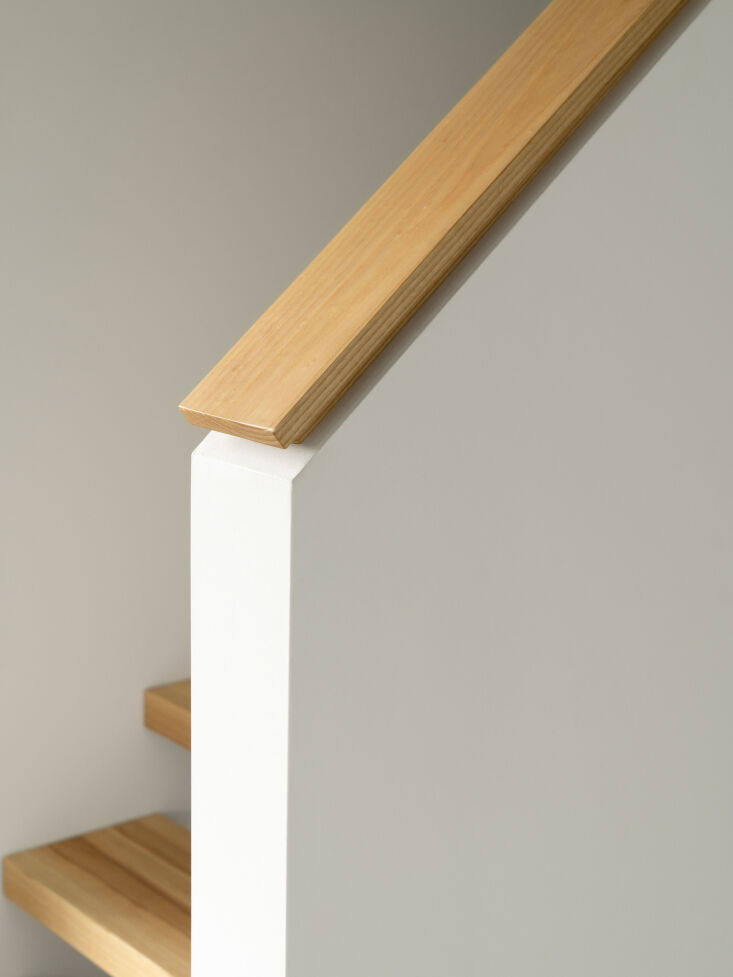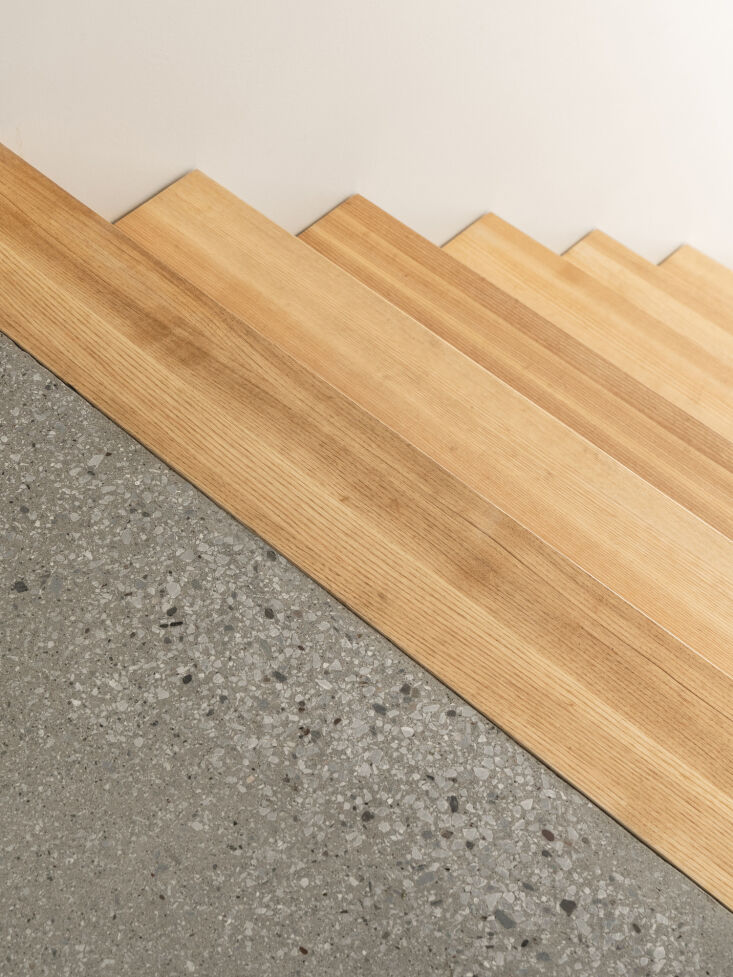It’s been at minimum a handful of generations considering that the saltbox experienced as reducing edge. A familiar household fashion in New England and the Jap Townships of Canada, the wood structures, identifiable by their sloping roofs, generally have two stories in the front and one particular in the again they acquire their name from the lidded wooden containers of salt that used to dangle in close proximity to hearths to continue to be dry. When Francis Labrecque, direct architect at L’Abri in Montreal, was asked by a family members of four to structure their most important residence on a mountainside in Québec, the commission came with two key stipulations: the owners desired an eco-pleasant, “high-overall performance house,” and development principles in the space termed for a “country style”—which is how the saltbox became a contender.
After two decades of intense analysis, the L’Abri crew of four architects, in collaboration with sustainable making contractor Design Rocket and quite a few Passive Household experts, went in advance with an eye-opening approach: using largely neighborhood hardware shop resources, they crafted a 3,100 square-foot dwelling that has given that gained each Passive Home and LEED Platinum certifications (translation: it meets a quite extensive checklist of specifications for extremely-energy performance). And they produced it in the guise of a modern salt box: “our method was to inform a tale with the household without the need of slipping into bogus previous,” states Labrecque.
Images by Raphaël Thibodeau, courtesy of L’Abri.

Like most saltboxes, it has a gabled roof in the principal area and a pitched roof in the lessen segment, which incorporates a spacious, L-formed living space with a garage and a workroom underneath.

The roof is standing seam metallic the higher than-quality wall and roof are insulated with cellulose produced from recycled paper and cardboard. The retaining walls are crafted from excavated stone and the driveway is lined with gravel.

The architects hope the home serves as an illustration for other individuals to see that it is doable to merge design and overall performance. “We are confident that a constructing can be both of those aesthetic, in harmony with its atmosphere, and exceptionally productive,” they write. Here’s how they demonstrate the Passive Dwelling conventional: “The fundamental rules are simple: a hugely insulated and very airtight envelope, remarkable heat restoration of the mechanical ventilation system, and a style that optimizes the orientation and sizing of openings to market passive heating of the setting up. Opposite to popular belief, these properties are not off the grid but their power intake and their dependence on utilities are dramatically lessened. Accomplishing the general performance requirements of a Passive Household is only feasible with the near collaboration of the architect, the consultants, and the builder, which is why we favored an built-in layout strategy from the get started.”
Over: The double-peak kitchen area at the centre of the home has a mezzanine workspace equipped behind its top rated cupboards.









Ground Options


Go to Écohabition to see a 5-aspect online video sequence on the design and style and building of L’Abri’s Saltbox Passive Dwelling.
Extra passive residences:






More Stories
Ceragran: Sea, sand and stoneware.
OLED vs QLED – Which TV Is Best For You?
Kids Bathroom Ideas & Decor